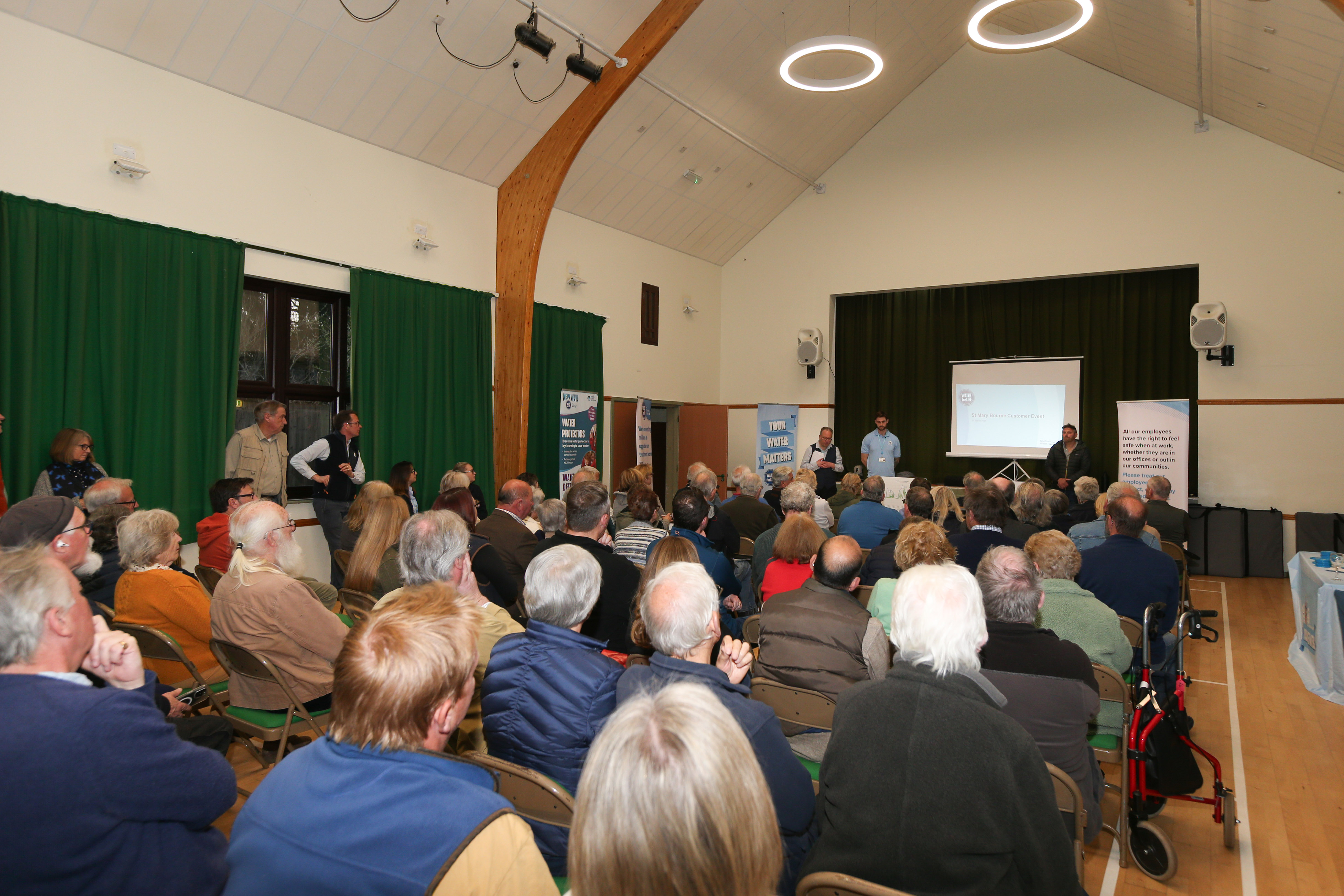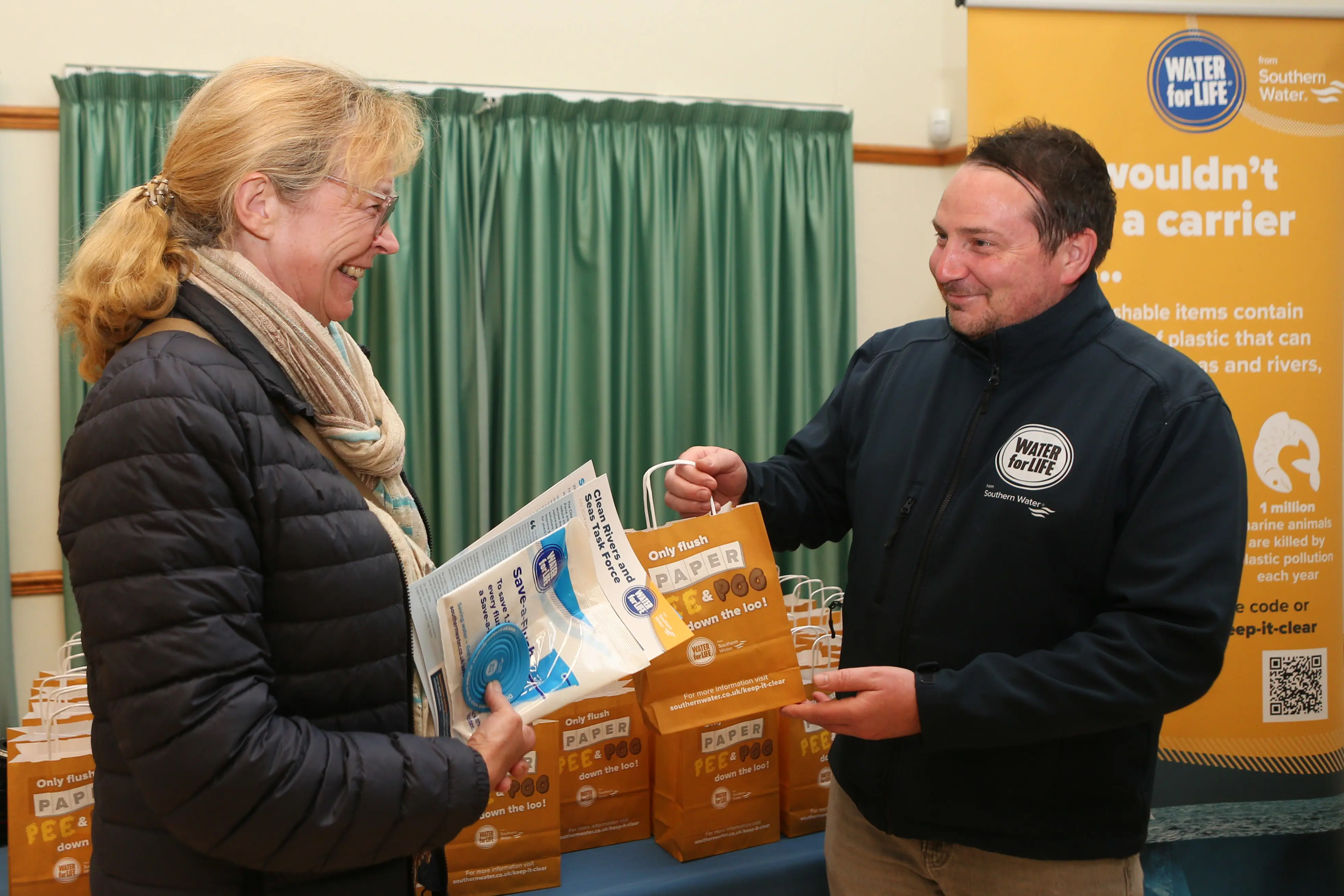
Sewer sealing slashes Hampshire village tanker trips
Tanker trips to a small community in Hampshire have been cut by 75 per cent – thanks to a game-changing programme of sewer sealing.
The village of St Mary Bourne has long been plagued by groundwater issues, leading to flood risks.
This happens when this extra water pools up on the surface and forces its way into sewers and out through manholes and drains.
That’s why we have been sending tankers to the village to safely remove wastewater from local sewers, for treatment elsewhere – stopping the pipes from being overloaded and backing up into homes and businesses.
But to reduce this reliance on tankers, since last summer our teams have sealed nearly 400 metres of sewer pipes and 24 sewer access chambers in St Mary Bourne.
This latest push has taken our total distance of sealed sewers in this village and those that surround it over the past decade or so to almost 15 kilometres. This work has cut the number of tankers routinely used by 75 per cent.

Sewer sealing involves inserting a resin-coated tube into an existing pipe. It is then inflated and cured in place with UV light, creating a strong, seamless lining.
As well as re-lining sewers, sewer sealing can also involve patching small sections of pipework only where it's needed. These technique reinforces ageing or damaged pipes without needing to dig up the roads.
This news comes after similar work in the Pan Parishes near Andover in Hampshire, resulting in a major reduction in tanker use too.
We shared these results at a customer drop in on Monday 31 March 2025 at St Mary Bourne Village Hall, as part of ongoing efforts to engage and work closely with residents and the parish council.
Programme Manager Floyd Cooper said:
“We were delighted to share the success of our sewer sealing in St Mary Bourne with local customers. Tankers are disruptive and expensive, so it’s such good news to see how these targeted sealing interventions have made a real difference so far.
“We know that there is more work to do to help protect this community and others from the impacts of groundwater.”
Alongside the work, we have also contributed £30,000 to the Community Play Space Project in the village.
Why is groundwater an issue at St Mary Bourne?
Historically, this area suffers badly with a build-up of groundwater during the wetter months of the year, and when this seeps into our network it can overload the system.
This can cause flash flooding locally, and also puts our nearby treatment works under pressure.
What is groundwater?
Simply put, groundwater is water that is stored beneath the ground. When it rains, water runs into our streams and rivers and soaks into the soil, which acts like a big sponge. Some of this water is used up by plants and some is returned into the atmosphere through transpiration.
Some also makes its way further into the ground permeating through soil and rock and becomes groundwater and part of the water table. There it is stored underground in a layer of porous rock or sediment - known as an aquifer. Find out more about groundwater, how it can impact our customers and the latest groundwater levels.
Photos taken by https://www.burlisonphotography.com/
